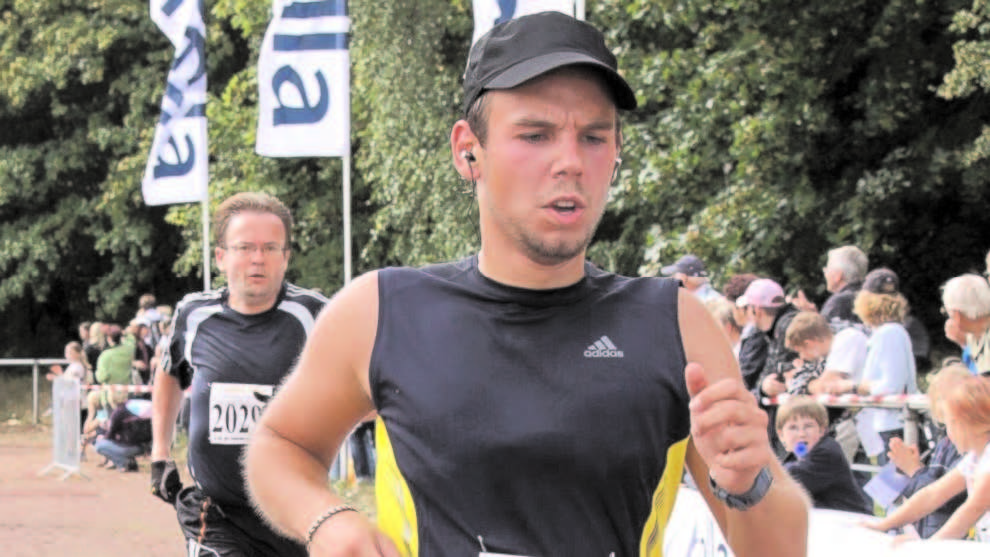
DUSSELDORF, GERMANY (TIP): The co-pilot at the controls of the Germanwings airliner that crashed into the French Alps last week had been searching the Internet in the days leading up to the crash for information about how to commit suicide and the security measures for cockpit doors, prosecutors said here on Thursday.
Investigators found an iPad belonging to Andreas Lubitz, the co-pilot, at his apartment here in Dusseldorf that included his browser history between March 16 and March 23 — the day before the crash.
“During this time the user was searching for medical treatments, as well as informing himself about ways and possibilities of killing himself,” they said in a statement. “On at least one day the person concerned also spent several minutes looking up search terms about cockpit doors and their safety measures,” the statement said.
The disclosure came as investigators in France reported finding the second so-called black box from the March 24 crash, which obliterated the Airbus A320 aircraft and killed all 150 people aboard.
French prosecutors said they believe that Lubitz, 27, intentionally locked the captain out of the cockpit then set a course for the mountainside. The discovery on Thursday of the second black box should enable them to determine more precisely what actions Mr. Lubitz took to put the plane into its fatal descent and to prevent the captain from re-entering the cockpit.
Prosecutors declined to release any information on the exact terms searched. They said such detail must remain confidential until all evidence has been evaluated. “Based on the amount of documents and electronic data, no further results are expected in the coming days,” prosecutors said.
They also said they were working together with local and state police to evaluate the documents and electronic devices found in Mr. Lubitz’ apartment. Police spent several hours searching the co-pilot’s home on last Thursday, removing two moving boxes and large, plastic trash bags full of possible evidence.
Among the items found was the iPad, which prosecutors said contained
“personal correspondence and search terms that lead to the conclusion that the device was used by the co-pilot” in the days before the crash.
The flight data recorder that was recovered from the crash site on Thursday tracks hundreds of performance statistics from the plane, including its position, speed, altitude and direction. Officials said the recorder would be transported to the offices of France’s accidents investigations bureau, near Paris, for analysis.
An official involved in the investigation that the recorder’s protective case did not appear to have been significantly damaged, raising hopes that the data contained on its flash memory card would be successfully retrieved and successfully synchronized with the voice recorder recovered soon after the crash.
The official, who requested anonymity because the investigation is ongoing, confirmed that the flight data recorder was found intact. Last week, searchers recovered a severely damaged device that they initially believed was the flight data recorder’s external case, leading them to conclude – and President Francois Hollande to announce — that the recorder’s memory card had been dislodged by the force of the crash. However, the official said that the item found was subsequently determined to be an antenna.
Investigators are likely to spend the next several weeks conducting a detailed analysis of the two black box recordings in order to assemble a fuller picture of what happened in the flight’s final moments.
The latest discoveries came as a team of German aviation experts and industry representatives planned to examine whether to introduce changes to cockpit door controls and to the medical assessment of pilots because of the crash, Germany’s transportation minister said Thursday.
Investigators believe that Lubitz prevented the captain from returning to the cockpit by activating security mechanisms, introduced after the attacks of Sept. 11, 2001, that are designed to prevent outsiders from entering and seizing the controls.





Be the first to comment